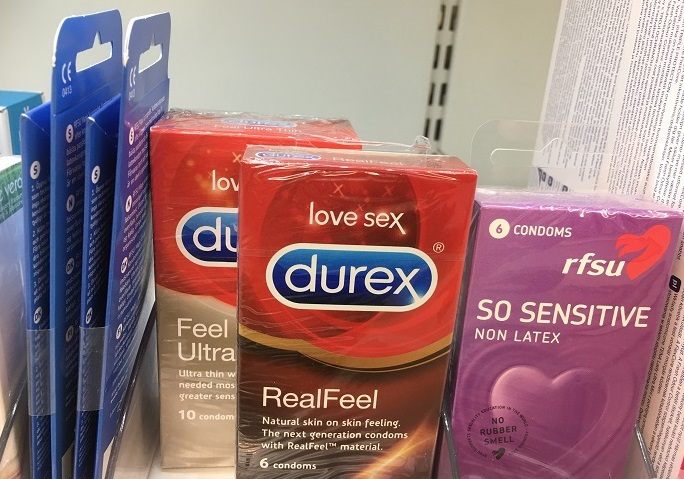STDs, travel-related diseases up last year
Published : 18 Jun 2020, 03:14
Updated : 18 Jun 2020, 09:26
The number of sexually transmitted diseases (STDs) increased significantly, while travel-related infections were also diagnosed in the country last year, according to the National Institute for Health and Welfare (THL).
Otherwise, the incidence of infectious diseases remained fairly stable in Finland, said a THL press release on Wednesday.
Chlamydia infection is the most common STD in Finland. Almost 16,200 chlamydia infections were diagnosed in 2019, which is more than 1,000 more than that in 2018.
This was the largest number ever reported to the National Infectious Diseases Register in one year. The infections focus on young adults: almost 80% of the cases were diagnosed among 15-29-year-olds.
Gonorrhoea and syphilis infections also increased last year. More than 600 infections were diagnosed, which is about 100 more than year on year. Almost 250 gonorrhoea infections were diagnosed, which is about 60 more cases than in 2018.
“The number of sexually transmitted diseases has been on the rise for several years. It is possible, that testing activity has increased, and attempts have been made to make it easier in the municipalities, for example, by means of remote testing. Condom is the only method of contraception that also protects against sexually transmitted diseases,” said THL Chief Physician Tuula Hannila-Handelberg.
The number of travel-related infections was also slightly higher than usual. More diseases that spread through mosquito bites, such as malaria, dengue and chikungunya, were diagnosed than in the previous year.
In particular, the proportion of dangerous falciparum malaria in all malaria infections increased. Last year, there were 43 infections, while in 2018 a total of 24 infections were diagnosed. All malaria infections diagnosed in Finland originated in Africa.
‘In tropical destinations, you should protect yourself against mosquitoes also in cities and during the day. The best thing to do is to wear lightweight and pale-coloured clothes and sometimes add a mosquito repellent on top of the suntan lotion. In high-risk malaria countries, malaria medication should also be taken,” said Hannila-Handelberg.


